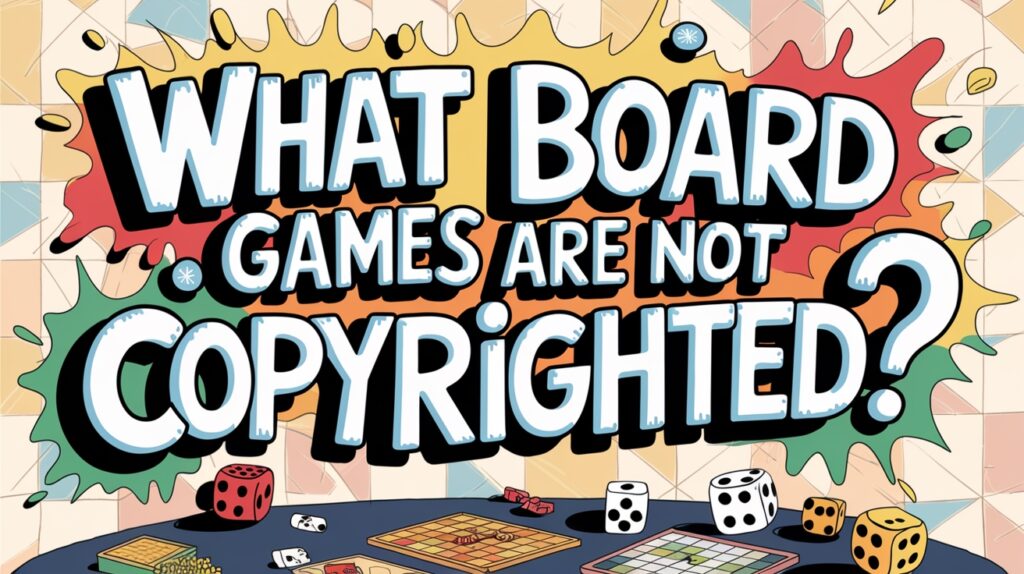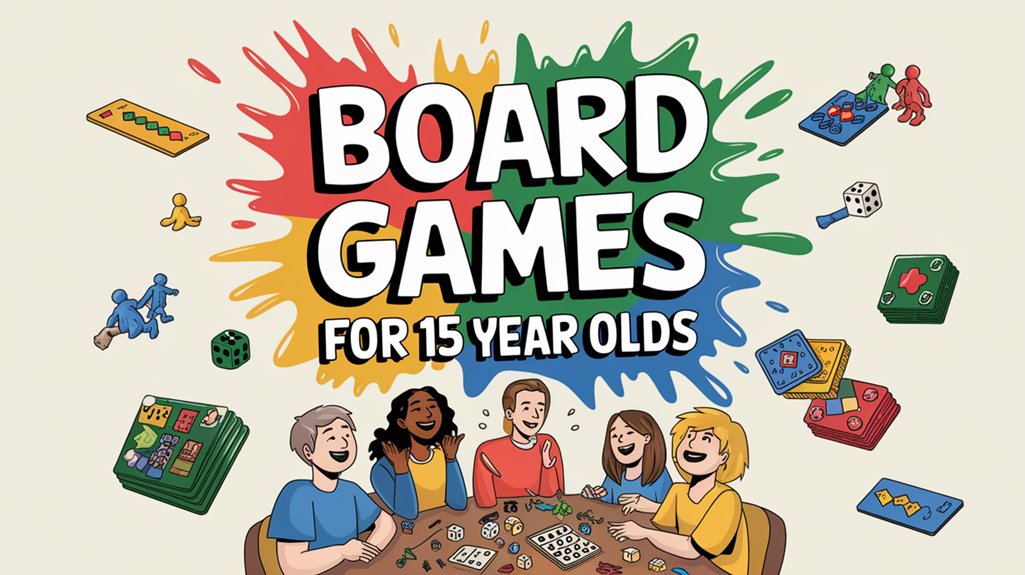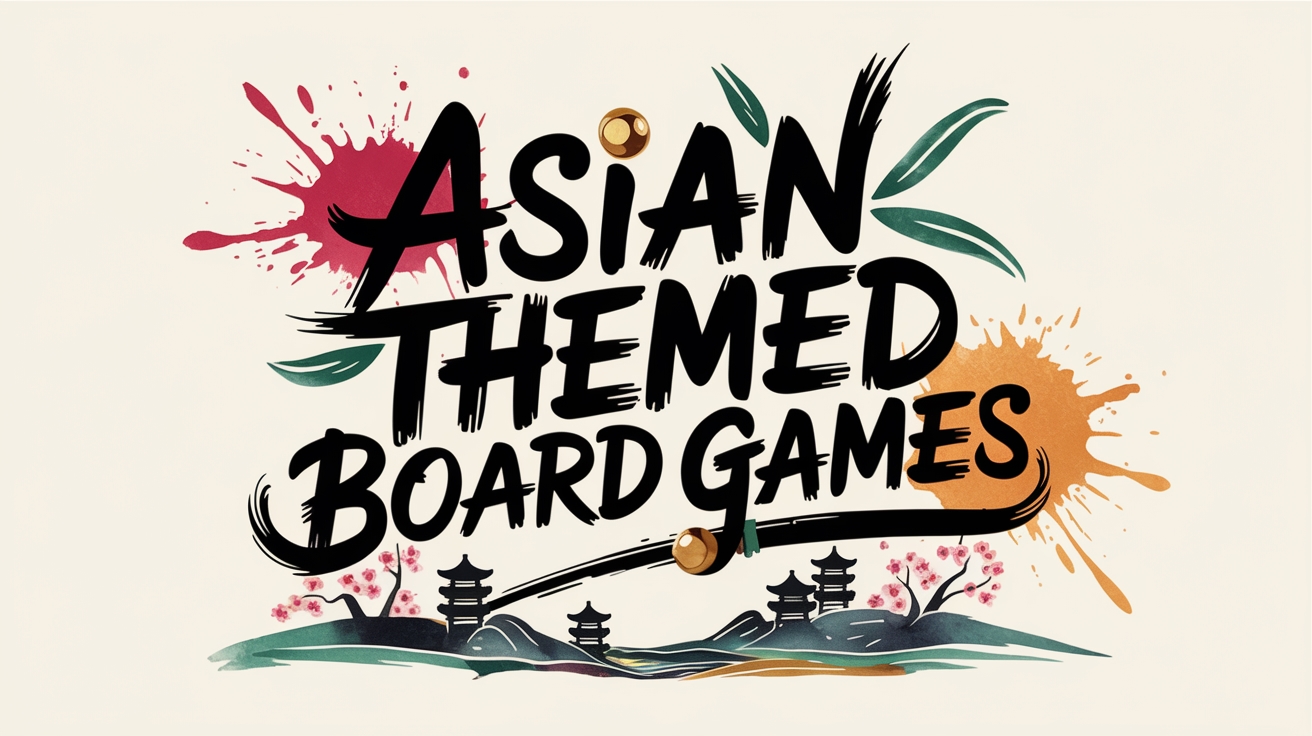Board game enthusiasts often wonder which games they can freely modify, reproduce, or build upon without legal concerns. The terrain of non-copyrighted games spans millennia, from ancient classics like Chess and Go to traditional card games such as Poker. Understanding which games exist in the public domain opens doors for designers, educators, and players alike. The distinction between protected intellectual property and freely available game concepts represents a fascinating intersection of creativity, commerce, and cultural heritage. What exactly falls outside copyright protection?
Key Takeaways
- Traditional games like Chess, Go, Backgammon and Mancala are in the public domain due to their ancient origins.
- Game mechanics and rules cannot be copyrighted, only specific artistic expressions and written instructions.
- Commercial board games published before 1927 are now in the public domain, though their names may still be trademarked.
- Classic card games like Poker, Bridge, and Blackjack have gameplay elements free from copyright protection.
- Cultural folk games passed down through generations exist as public domain treasures free from intellectual property claims.

Traditional Games in the Public Domain
While contemporary board games often struggle with intellectual property considerations, traditional games have transcended such concerns by virtue of their ancient origins. Chess, with its 1,500-year-old Indo-Persian lineage, stands as a prime example—its core mechanics and rules freely accessible to all. Go predates even chess, originating in China over 3,000 years ago, completely unfettered by copyright restrictions.
Ancient Egyptian contributions like Senet (1,200 BCE) and Mehen (3,000 BCE) remain open-source cultural artifacts, their gameplay preserved through archaeological evidence. Backgammon, among humanity’s earliest recorded games, continues to be freely reinterpreted while maintaining its fundamental character. These traditional games have entered the public domain through copyright expiration or by predating copyright laws entirely. These games form a rich commons of intellectual heritage where creators can freely draw inspiration without legal entanglements.
Classic Card Games Free From Copyright Restrictions
Countless classic card games played worldwide exist entirely in the public domain, free from copyright restrictions that might otherwise limit their distribution or adaptation. Games like Poker, Blackjack, Cribbage, Whist, and traditional Tarot predate modern copyright laws, making their mechanics unrestricted for developers and enthusiasts.
While specific rulebook language might be protected, the fundamental mechanics of Bridge, Canasta, and similar games remain uncopyrightable. This extends to functional elements like scoring systems in Gin Rummy, probability-based mechanics, and trick-taking structures found in Hearts. Even gameplay elements such as drawing/discard piles and turn sequencing exist outside copyright protection.
This freedom empowers creators to build upon these established frameworks, redistributing and reimagining classic card games without legal obstacles, provided they avoid infringing on specific visual expressions or trademarks. Many developers utilize SVG playing cards that maintain traditional designs while offering scalable, high-quality imagery for digital adaptations.
Ancient Strategy Games With No IP Protection
Like their card-based counterparts, ancient strategy board games remain firmly in the public domain, untethered by copyright restrictions that govern modern commercial games. Chess and its historical variants represent prime examples of intellectual freedom, offering enthusiasts unrestricted opportunities to adapt, modify, and distribute these classic games. Modern digital adaptations, such as The Ancient Art of War, often draw inspiration from these timeless games by incorporating unit-based combat into strategic gameplay.
| Game | Origin | Approx. Age | Public Domain Status |
|---|---|---|---|
| Chess | India/Persia | 1500+ years | Completely free |
| Xiangqi (Chinese Chess) | Ancient China | 2000+ years | No restrictions |
| Shatranj | Ancient Persia | 1400+ years | Fully accessible |
| Go (Weiqi) | Ancient China | 2500+ years | Unrestricted use |
These ancient strategic masterpieces demonstrate how intellectual property limitations naturally expire, allowing cultural treasures to become communal assets. Players and designers can freely incorporate these time-tested mechanics into new creations without legal encumbrances—a testament to knowledge’s inevitable return to collective ownership.
Copyright-Expired Commercial Board Games
The passage of time inevitably transforms commercial board games from protected intellectual property into public domain treasures. Under U.S. law, corporate-authored works enter the public domain 95 years after publication, meaning commercial games published before 1927 are now free from copyright restrictions.
While game mechanics have always been uncopyrightable, the specific artwork, packaging, and written rules of pre-1927 commercial games can now be reproduced without permission. Nevertheless, enthusiasts should note that trademark protection may still apply to game names even after copyright expiration. This legal distinction creates opportunities for reimagining classic games with new artistic expressions while maintaining their original gameplay.
This timeline places many early 20th century commercial board games potentially in the public domain, though determining exact status requires research into each game’s publication history and corporate ownership transfers. Designers can legally draw inspiration from these public domain games since game mechanics are typically unprotected and remain free for anyone to use and build upon.
Open-Source Board Game Projects
Open-source board game projects have flourished through community-driven design platforms like boardgame.io that allow developers to create multiplayer turn-based games without complex networking code. Creative Commons collections offer designers legal frameworks to share their work while retaining certain rights, nurturing an ecosystem where innovations build upon each other. Finding simple, adaptable implementations with easily readable code can be challenging, but resources like unitylist.com provide valuable alternatives for developers seeking to modify existing games. The print-and-play movement represents a significant branch of this open-source philosophy, allowing enthusiasts to download, print, and assemble complete games at home—bypassing traditional manufacturing and distribution channels.
Community-Driven Design Platforms
Emerging from collaborative digital spaces, community-driven design platforms have revolutionized board game development by democratizing creation tools and promoting shared innovation. Frameworks like boardgame.io simplify turn-based game creation with built-in state management, eliminating complex multiplayer coding challenges.
GitHub repositories showcase projects ranging from chess implementations to educational simulations like Water Ark, which integrate social science concepts into gameplay. Unity-specific resources on Unitylist provide adaptable foundations for tile-based systems and piece movement logic.
These platforms encourage peer-reviewed development where creators benefit from shared assets and community quality assurance. Beyond technical advantages, they create ecosystems where licensing knowledge circulates freely, helping developers distinguish between uncopyrightable game mechanics and protected artistic expressions – critical knowledge for creating derivative works legally. It’s important to understand that copyright law protects original expression only, not the underlying mechanics or concepts of games.
Creative Commons Collections
Creative Commons licenses offer the next frontier in collaborative game design, extending the democratization seen in community platforms into fully shareable, legally protected open-source projects. These games span diverse genres while embracing inclusivity and accessibility.
| Game Type | Notable Examples |
|---|---|
| Educational | Creative Commons Attribution Card Game |
| LGBTQ+ Focused | *Vive l’aventure!*, *Thruster* |
| Strategic/RPG | *Asphalt & Trouble*, *The Cold Red* |
| Quick-Play | Business card RPGs, one-page printables |
The CC framework allows designers to build upon existing work while maintaining attribution. Games like *Dungeons & Business Cards* blend genres while remaining modifiable, permitting marginalized voices to contribute. The Creative Commons Attribution Card Game reinforces correct attribution practices for CC-licensed content using four essential criteria: Title, Author, Source, and License. This ecosystem strengthens community knowledge-sharing through clear legal frameworks that reduce barriers to participation—creating a dynamic environment where games continuously evolve through collaborative iteration.
Print-and-Play Treasures
Print-and-Play treasures represent the intersection of open-source philosophy and tabletop gaming culture, offering freely accessible game designs anyone can download, print, and assemble at home. These projects thrive in the legal space where game mechanics remain unprotected by copyright law, while creators voluntarily share their artistic expressions under permissive licenses.
The digital ecosystem supports this movement through platforms like GitHub, where developers collaborate on adaptations of public domain classics such as chess and mahjong. Many traditional games with expired patents form the foundation of this community, with modern designers building upon historical rulesets. The boardgame.io framework allows creators to develop digital companions for physical print-and-play experiences, encouraging innovation without legal constraints. Communities highlighting these resources have attracted 1.3k stars on collaborative repositories, demonstrating significant interest in open gaming alternatives. These resources empower enthusiasts to enjoy gaming without commercial barriers, democratizing access to tabletop entertainment.
Understanding Game Mechanics vs. Copyright Protection
While board game creators meticulously design gameplay experiences, the fundamental mechanics—like worker placement, auction systems, or dice-based movement—remain unprotectable under copyright law. Courts consistently distinguish between the functional elements of games (mechanics) and their creative expression (artwork, narrative text, unique terminology), protecting only the latter from unauthorized reproduction. This distinction aligns with Section 102(b) of the Copyright Act, which specifically excludes systems from copyright protection. This critical distinction allows designers to legally refine upon existing game systems while creating entirely new expressions, encouraging innovation throughout the tabletop gaming industry.
Mechanics Remain Unprotected
In spite of decades of attempts by publishers to monopolize gameplay elements, board game mechanics remain fundamentally unprotected by copyright law. This critical distinction preserves innovation in the industry, allowing designers to refine upon successful systems without legal repercussions. European patent law specifically reinforces this principle by not allowing protection for board games as patents.
| Category | Examples | Protection Status |
|---|---|---|
| Core Systems | Dice rolling, worker placement | Unprotected |
| Mathematical Elements | Scoring systems, probabilities | Public domain |
| Functional Rules | Turn sequences, victory conditions | Universal use |
| Industry Practices | Shared tropes, progression charts | Open reuse |
While certain physical innovations may qualify for patents, the underlying mechanical architecture of games—from resource conversion to action point allocation—remains freely available. This legal framework guarantees that creative processes aren’t stifled by overreaching copyright claims, cultivating a marketplace where mechanics evolve through collective refinement rather than proprietary restriction.
Expression Versus Function
The foundation of copyright law in board gaming rests on the critical distinction between expression and function. While the creative elements of a game—its artwork, narrative text, and unique visual design—receive robust copyright protection, the underlying mechanics remain freely available for all designers to utilize.
This contrast explains why mechanics like worker placement, dice rolling, or card drafting appear across numerous titles without legal complications. The “idea-expression contrast” legal principle guarantees that Catan’s resource trading concept remains unprotected, while its distinctive hexagonal board design receives copyright protection. As clearly stated in the U.S. Copyright Act, copyright protection does not extend to procedures or methods of gameplay. Designers can freely implement scoring systems, turn sequences, and probability mechanisms in their designs without fear of infringement. Understanding this boundary liberates creators to build upon established systems while contributing their own protected artistic expressions to the gaming ecosystem.
Cultural Folk Games Without IP Claims
Cultural folk games represent living artifacts of human social development, stretching back through millennia of shared community experiences unencumbered by modern intellectual property restrictions. These games exist as public domain treasures across diverse global traditions.
From strategic abstractions like Go, Shogi, and Xiangqi in Asia to the varied Mancala variants across Africa and the Middle East, these systems emerged through collective creativity rather than individual authorship. European hunt games like Fox and Geese and Indigenous American battle simulations such as Kolowis Awithlaknannai offer similar freedom from copyright constraints. These traditional games embody the concept of common knowledge that platforms like The Free Culture Game actively promote and defend against encroachment.
Abstract strategy games with folk origins—including Tibet’s Pong Hau K’i and the Māori Mū Tōrere—provide accessible alternatives to commercial game libraries. While modern adaptations may carry IP restrictions, the core mechanics and traditional implementations remain open for exploration, immersion, and preservation.
Legal Alternatives to Copyrighted Board Games
Numerous legal pathways exist for game designers and enthusiasts seeking to create or enjoy board games without copyright entanglements. Designers can freely incorporate unprotected game mechanics like dice rolling, turn-based systems, and abstract strategies such as area control or worker placement without legal concerns.
Game creators can build upon mathematical systems including scoring algorithms and resource management models that remain in the public domain. Similarly, basic concepts like turn order, victory conditions, and component movement cannot be copyrighted. It’s important to understand that while visual elements can receive protection, the fundamental rules of games remain unprotected and available for public use.
For those seeking established games free from IP restrictions, classic titles like Chess, Checkers, and Tic-Tac-Toe offer robust gameplay without copyright limitations. Moreover, generic systems such as trading, set collection, and pathfinding grids remain available for unrestricted implementation in new designs, promoting innovation within the tabletop gaming community.
Building Upon Unprotected Game Concepts
Game designers across the industry have substantial creative freedom when building upon unprotected game concepts, leveraging a wealth of mechanics and systems that exist beyond copyright restrictions. The legal framework offers creators numerous avenues to innovate without infringing on protected intellectual property.
- Hybrid mechanics that combine established systems (like merging worker placement with deck-building) create fresh experiences while remaining legally unencumbered
- Thematic reimaginings of classic gameplay loops allow designers to apply new settings to proven formats without copyright concerns
- Algorithmic modifications to standard probability models facilitate mathematical innovations that transform familiar mechanics into novel experiences
This freedom empowers independent creators to participate in the evolution of game design without legal barriers. Understanding that copyright protects expression rather than ideas themselves allows designers to develop similar game mechanisms without legal repercussions. By understanding which elements remain in the public domain, designers can confidently build upon foundations that have driven innovation throughout gaming history.


